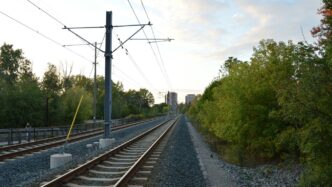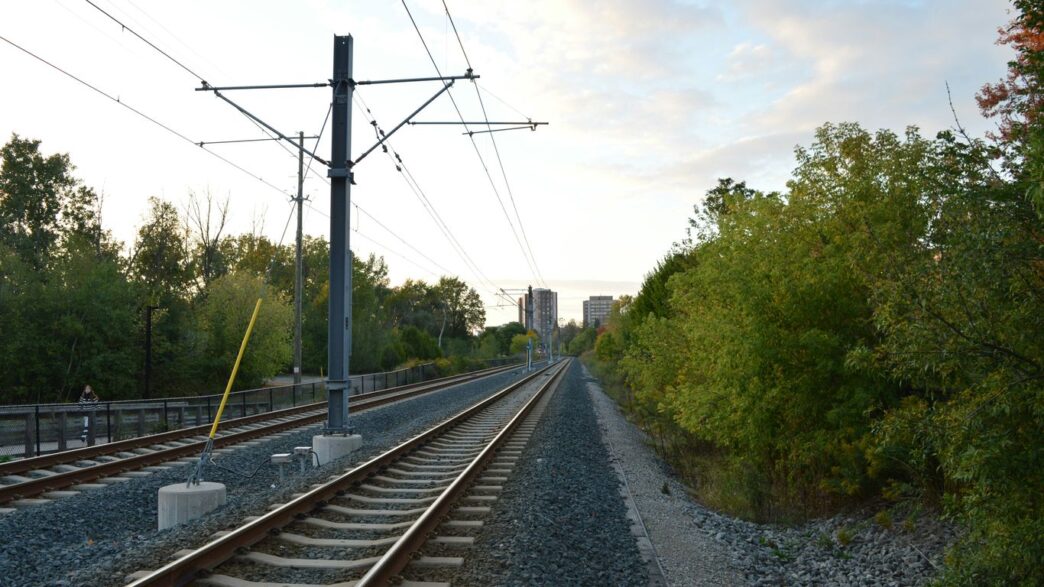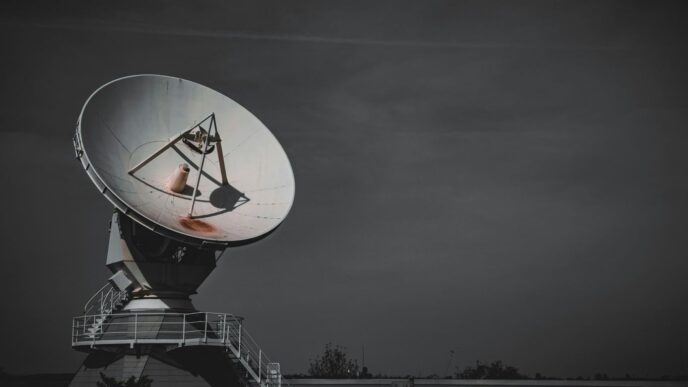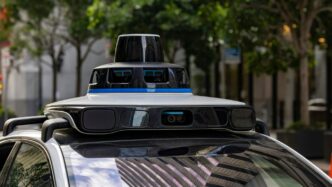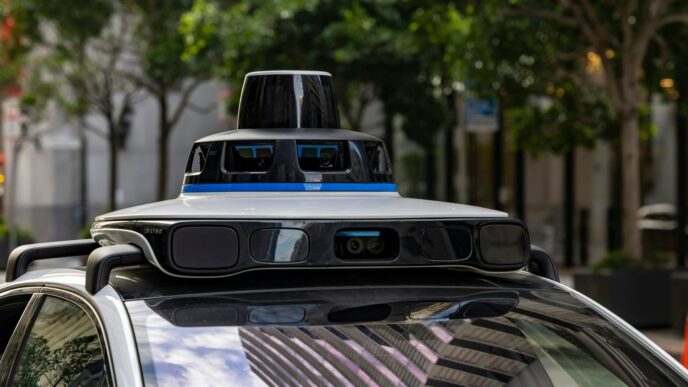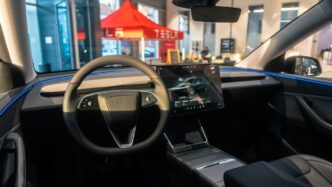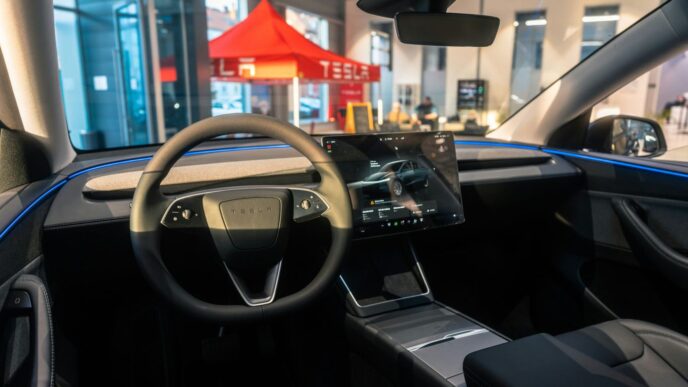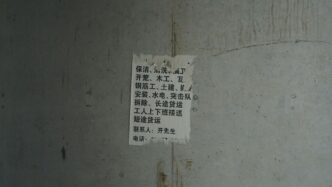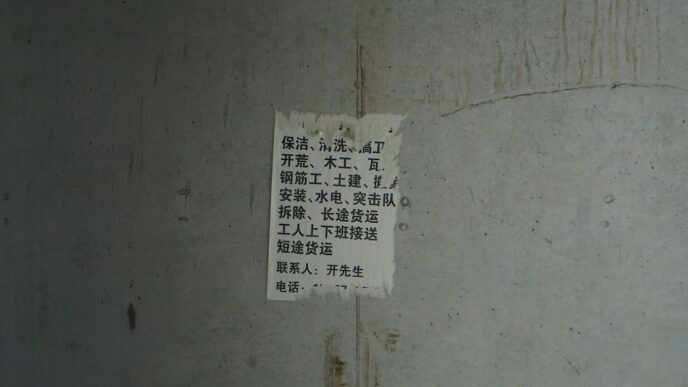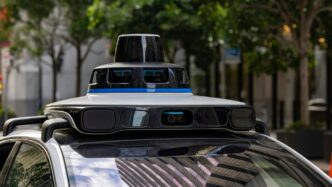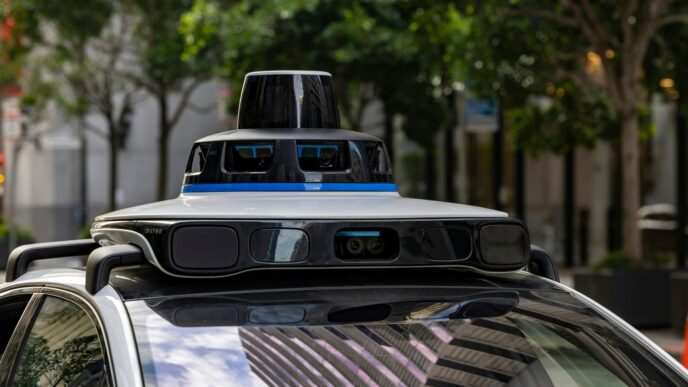Exploring Transport Systems Engineering at Sapienza University
Core Principles and Academic Philosophy
Transport Systems Engineering at Sapienza is all about making movement safer, smoother, and more efficient—both for people and goods. The program teaches students to look at transportation as a whole, from the flow of buses in a busy city to managing rail networks across regions. Here, learning isn’t just about textbooks. Instead, it’s a mix of:
- Problem-solving real issues facing modern cities and logistics
- Understanding the human, technological, and environmental factors in transport
- Building strong analytical and project management skills
Classes push students to ask questions and test ideas together. Professors see students as problem-solvers, not just listeners taking notes.
Distinguishing Features of Sapienza’s Program
What sets Sapienza’s program apart from others in Italy—and Europe? Here are some highlights:
- Courses taught in English, bringing together students from all over the world
- Strong links with top transit authorities and major engineering firms
- A focus on current trends like sustainability, smart mobility, and big data
| Feature | Sapienza Approach |
|---|---|
| Instruction Language | English |
| Real-World Case Studies | Yes |
| Partnerships | Local + Global |
| Faculty with Industry Ties | Yes |
You’ll get theory and the chance to get your hands dirty working on live projects.
International Collaborations and Research Focus
Students and researchers at Sapienza rarely work in isolation. The department collaborates with:
- Universities in Europe, North America, and Asia
- International research networks for smart transport
- Funding programs that support green technology and digital tools
Right now, there’s a strong focus on:
- Reducing carbon impact with greener transit systems
- Using artificial intelligence for better traffic prediction
- Studying how bikes, cars, and public transit can work together
These connections mean students can join projects abroad or contribute to international studies right from Rome. The environment feels truly global—students often team up with classmates from more than a dozen countries in a single year.
Curriculum Structure and Specialization Tracks in Transport Systems Engineering Sapienza
Foundation Courses and Advanced Modules
The program at Sapienza University kicks off with a strong base in transportation science. Courses here tend to cover models for mobility, basics of transport logistics, operations research, and data analysis. As students progress, the work gets more technical and field-specific. Expect subjects like traffic flow theory, infrastructure design, and environmental impacts, all leading up to the advanced study modules. Here’s a typical breakdown:
| Semester | Core Subjects |
|---|---|
| 1 | Basics of Transport, Maths for Engineering |
| 2 | Traffic Flow, Transport Planning |
| 3 | Intelligent Systems, Simulation Techniques |
| 4 | Capstone, Electives, Thesis |
Elective Tracks and Areas of Emphasis
You don’t just stick to the basics; you get to choose where to go next. Sapienza offers specialty paths that let you dig deeper into what interests you most in transport.
- Sustainable Mobility: Focusing on eco-friendly and energy-efficient solutions.
- Urban Transport Management: Approaches to complex networks and city logistics.
- Intelligent Transport Systems: Digital tools, automation, and smart networks.
Students might pick courses like Railway Systems, Aviation Operations, or even Smart City Applications, shaping their experience to fit personal goals.
Capstone Projects and Real-World Applications
In the last year, everyone has to pull together everything they’ve learned for a capstone project. This is not just theory—a lot of projects are partnerships with real companies or local councils. You solve a genuine transport problem, working in a small team:
- Pin down a challenge, often from industry or public transport agencies
- Design and test solutions, using actual datasets or simulation software
- Present findings to both university staff and industry guests
It’s not just about grades—many students make first job contacts or spark their future research interests during these projects.
Cutting-Edge Research and Innovations in Transport Systems Engineering Sapienza
Research at Sapienza University in Transport Systems Engineering isn’t just a buzzword—it’s reflected in day-to-day innovations, experiments, and the push for real-world solutions. Faculty and students here get involved in developing new tools and ideas that make a difference in the way cities move people and goods. Here’s what sets Sapienza apart when it comes to innovation:
Sustainable Mobility Solutions
Scientists and engineers at Sapienza are constantly looking for ways to make transportation cleaner, more efficient, and affordable. Projects here tackle practical problems but also look at the big picture. Some focus areas include:
- Alternative fuels and reducing emissions from traditional vehicles
- Improving public transport to reduce car traffic
- Shared mobility solutions like car-sharing and bike-sharing
The university regularly partners with city agencies and European institutions to test pilot programs in real neighborhoods. There’s often a focus on finding solutions that are simple enough for other cities to copy.
Digitalization and Intelligent Transport Systems
Transport systems aren’t just about roads and vehicles anymore—Sapienza’s work covers the digital layer too. Researchers are working with smart sensors, big data, and even machine learning. Some of the coolest projects lately include:
- Real-time traffic management systems that actually adjust stoplights based on traffic flow, not just fixed patterns
- Predictive models for scheduling buses and trains to minimize passenger wait times
- User-friendly travel apps built on research findings
Here’s a quick table showing recent digital projects and their outcomes:
| Project Name | Technology Used | Impact |
|---|---|---|
| SmartSignals | IoT Sensors, AI | 17% less urban congestion |
| TRAVELTIME | Data Analytics | 8% more reliable transit |
| BikeSense | Mobile Tracking | Improved bike safety |
Urban and Traffic Flow Modeling
Urban planners and engineers at Sapienza are known for detailed modeling work—helping cities visualize and test new ideas before rolling them out. Here’s how they approach it:
- Build simulations of different city layouts using real traffic and population data.
- Test the effect of new bike lanes, vehicle restrictions, or changes to bus routes in these models.
- Share the results with city officials and use feedback to make the next round of simulations even more accurate.
Students often help with these tasks, giving them hands-on experience but also a chance to see their work make a real difference downtown.
All together, Sapienza’s approach links creative thinking, technical know-how, and a lot of teamwork. The research happening here isn’t just about academic papers—it’s about solutions you can see on the street.
Collaboration with Industry and Professional Pathways
Internships and Industrial Partnerships
One thing that stands out about Transport Systems Engineering at Sapienza is the effort that goes into creating real connections with industry. Students don’t just study theory—they get a shot at applying it in actual companies. Every year, students go for internships at firms dealing with traffic management, railway systems, logistics, and software designed for smart mobility.
Here’s how those partnerships play out:
- Placements usually last 3–6 months and are often part of graduation requirements.
- The university has formal agreements with transport agencies, engineering companies, and digital startups—there’s even a list online you can browse.
- Students work on things like public transit data analysis, road safety projects, and mobility planning.
- Often, these internships lead straight into full-time job offers.
Major Industry Partners Table
| Partner Organization | Sector | Internship Focus |
|---|---|---|
| FS Italiane Group | Rail & Logistics | Railway operations, data analytics |
| Roma Mobilità | Urban Transportation | Urban traffic modeling, ITS development |
| Engineering Ingegneria Informatica | Digital Solutions | Transport software, smart mobility |
| ENEA | Energy & Environment | Sustainable mobility, data modeling |
Career Opportunities for Graduates
Want a sense of what you can do after graduation? Here are a few roles recent grads go for:
- Transport planner for city agencies or consultancies
- Traffic operations analyst for private companies
- Project manager in logistics firms
- R&D specialist at mobility tech startups
Graduates from Sapienza’s transport program are known for being job-ready in both Italy and abroad. Employers recognize the mix of technical skills, hands-on project experience, and exposure to international approaches.
Certification and International Recognition
Sapienza’s program isn’t just another engineering degree—students finish with qualifications recognized across Europe and in many other regions. The curriculum is mapped to standards set by transport engineering societies and conforms to the European Higher Education Area (EHEA).
A few specifics:
- Diploma easily accepted for advanced studies or licensure in most EU countries.
- The program is part of a network that lets students earn joint or double degrees with international partner universities.
- Optional courses are available for industry-recognized certificates, so your resume is stronger right out of the gate.
All in all, if your goal is to build a professional future that’s global, this track at Sapienza gives you both the direction and the connections to get there.
Student Experience and Support Services at Sapienza University

At Sapienza University, students in the Transport Systems Engineering program can count on a variety of support options. It isn’t just about lectures and homework—there’s a whole setup to help people get the most out of their time here. Every student gets matched with a faculty mentor pretty early on, so if you’re feeling swamped with academics, you have someone to talk to. Mentors give advice about everything from class schedules to career moves, and they really push students to think about study abroad and research opportunities.
Some practical ways academic mentoring works:
- Scheduled one-on-one check-ins every semester.
- Open office hours for drop-in questions.
- Workshops on study strategies, especially right before exam season.
Student Organizations and Networking Opportunities
Getting out of your comfort zone is easier with all the student-run clubs on campus. In the engineering area, there are groups focused on sustainable transport, tech, and even design competitions. Some of these clubs bring in graduates who now work in the field—so it’s not just social, it’s also a sneak peek at future career paths. A typical semester calendar might include guest lectures, site visits, and networking events.
Here’s a quick sampler of opportunities:
- Transportation Engineering Society – for project work and industry talks.
- Women in STEM – regular meetups and panel discussions.
- Hackathons and case competitions with industry backing.
International Student Resources
Moving to a new country to study can feel overwhelming, but Sapienza has a bunch of support services aimed at international students. There’s someone in the office who helps with paperwork like visas and healthcare. The university runs orientation week before classes start, so you’re not left hunting for classrooms or wondering how to register for courses. Plus, there are Italian language courses and peer buddy schemes to help people settle in.
Everyday life for international students is made easier with:
- Personalized help with visa and residency requirements.
- University housing assistance.
- Helplines for emergencies and counseling support.
Embracing new technology, online platforms and digital resources assist students in accessing class materials, connecting with faculty, and finding up-to-date information on university events. This commitment to accessibility helps everyone—local and international alike—feel included and up to date. Sapienza’s mix of personal touch and modern tools makes a real difference.
Admissions, Scholarships, and Practical Information for Prospective Students

Entry Requirements and Application Timeline
Let’s get into what you need if you’re thinking about joining the Transport Systems Engineering program at Sapienza. You must have a bachelor’s degree in a relevant field, like civil or industrial engineering, or something closely related. If your degree is from outside Italy, you’ll need official recognition (the process is called ‘dichiarazione di valore’).
For language skills, if you’re not a native English speaker, you’ll probably need to prove you can handle classes in English—usually with a TOEFL, IELTS, or similar certificate.
Application periods are:
- For non-EU students: usually between December and early March, to allow time for visa applications.
- For EU students: there’s a later deadline, often in early summer.
- Admission is competitive, so transcripts, motivation, and sometimes an interview matter.
Table: Typical Application Timeline
| Step | Non-EU Students | EU Students |
|---|---|---|
| Online Application Opens | December | April/May |
| Application Deadline | March | June/July |
| Review/Admissions | March–April | July–August |
| Enrollment | May–June | August–September |
Scholarships and Financial Aid Options
There’s definitely a range of scholarships on the table, some based on academic achievement, others on financial need. The main ones you’ll want to look for are:
- "Laziodisco" Scholarships (regional grants for students who need support)
- Merit-based Sapienza University scholarships (usually cover partial tuition fees)
- Scholarships for international students offered by Italian government or third parties
It’s smart to apply as early as possible, especially for the bigger grants. Typical documents you’ll need include:
- Proof of income (if applying for need-based support)
- Academic records
- Application form
Don’t forget some scholarships require Italian translations of your documents.
Visa and Housing Support
If you’re a non-EU student, getting a stay permit (the ‘permesso di soggiorno’) is one of the first things you’ll tackle. Sapienza has dedicated staff who’ll guide you through this process.
- They’ll help you get the official admissions letter needed for your visa
- You’ll need to book a visa appointment at your nearest Italian consulate
- After arriving in Rome, the international office organizes orientation events to walk you through registration and paperwork
Housing isn’t automatic for international students, but Sapienza shares housing lists and resources. Main options include:
- University-managed dorms (a bit limited, so early application is crucial)
- Private apartments or shared flats in and around Rome
- Student housing platforms and Facebook groups for last-minute offers
If you need support, Sapienza’s help desk answers questions about everything from apartment contracts to navigating local utilities.
Bottom line: it takes some paperwork and patience, but there’s help at every step, and the university is used to welcoming students from all over the globe.
Wrapping Up
So, that’s a look at what Transport Systems Engineering at Sapienza University is all about. It’s not just about learning how to move people and things from point A to point B. It’s about figuring out smarter, safer, and more efficient ways to do it, especially as cities and technology keep changing. If you’re thinking about a future in this field, Sapienza gives you a solid place to start. The mix of classes, hands-on projects, and real-world connections can help you build the skills you need. Whether you want to work on public transit, logistics, or even new tech like electric vehicles, there’s a path here. Honestly, the world of transport is always moving—literally and figuratively—so if you like solving problems and making things work better, this could be a good fit. Just remember, it’s a journey, and every bit you learn adds up.

